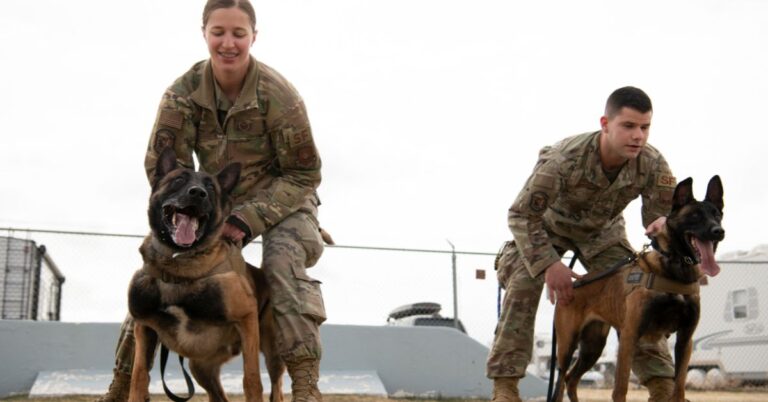10 Easy Tips To Get Even The Pickiest Dog To Eat

Feeding a picky dog can be frustrating. One day they’re gobbling up their food, and the next, they’re giving you that look as if you’ve served them the worst meal ever. But before you start second-guessing your dog-parenting skills, know that many dogs go through phases of picky eating. So, try these 10 easy tips to turn reluctance into excitement at every meal.
Choose High-Quality Kibble With Real Meat

Dogs are no different from us—they want food that actually tastes good. A lot of kibble brands pack their formulas with fillers like corn and meat by-products, which are neither appealing nor particularly nutritious. If your dog is turning up their nose, try a brand where real meat (like chicken, beef, or fish) is the first ingredient.
Add Warm Water For More Tempting Aromas

This trick works wonders, especially for older dogs or those with dental issues. By adding warm water to kibble, you can boost the scent and make the meal more enticing. It also softens the food just enough without turning it into a soggy mess. Sometimes, all it takes is a little warmth to get your dog interested again.
Mix In A Spoonful Of Wet Food

A small amount of wet food can transform a boring bowl of kibble into something far more appealing. Just make sure to choose a high-quality wet food that’s grain-free and doesn’t contain artificial preservatives. You don’t need much—just a spoonful mixed in can do the trick without unbalancing your dog’s diet.
Stick To A Strict Mealtime Routine

If food is always available, some dogs become picky just because they can. Establishing set mealtimes and removing uneaten food after 10 to 15 minutes creates a sense of urgency. This routine helps them understand that food isn’t available all the time, which can naturally boost their appetite.
Make It A Game With Scatter Feeding

Some dogs are just bored by the routine of eating out of a bowl. Turning mealtime into a game can make it more exciting. Scatter feeding—spreading kibble around the floor or using a puzzle feeder—engages your dog’s natural curiosity and hunting instincts. For dogs who like a challenge, this approach makes mealtime an adventure.
Change Up The Protein Source

Imagine eating chicken every day. Even the biggest chicken fan would get tired of it eventually. Dogs are no different. Switching between protein sources like chicken, beef, fish, and lamb keeps things interesting. Many high-quality dog foods make it easy to rotate proteins. Just be sure to introduce them slowly to prevent any digestive issues.
Try Yoghurt, Sardines, Or Dog-Safe Toppers

Sometimes, a little extra boost can make your dog’s meal more exciting and nutritious. A spoonful of plain yogurt adds probiotics to support digestion, while sardines or mackerel provide omega-3s for a healthy, shiny coat—just be sure the fish is packed in water, not oil or brine. For a crunchy touch, try sprinkling some freeze-dried meat on top.
Reduce Portion Sizes To Increase Hunger

It’s easy to overestimate how much food your dog needs, especially with feeding guidelines that tend to be on the generous side. If your dog consistently leaves food behind, they might just be too full. Try reducing the portion size a little to see if they eat more eagerly.
Keep Treats To A Minimum

If your dog is getting treats throughout the day, they might not be hungry by the time dinner is served. It’s like snacking before dinner—who wants a full meal after that? Use treats strategically for training only. Ideally, treats should make up no more than 10% of your dog’s daily calories.
Create A Positive Mealtime Atmosphere

Dogs are sensitive to their surroundings, especially when they’re eating. Make mealtimes relaxed and positive. Use a cheerful tone, but avoid fussing over them. If they don’t eat right away, don’t hover or try to coax them—give them space and walk away. They’re more likely to eat when they don’t feel pressured.





